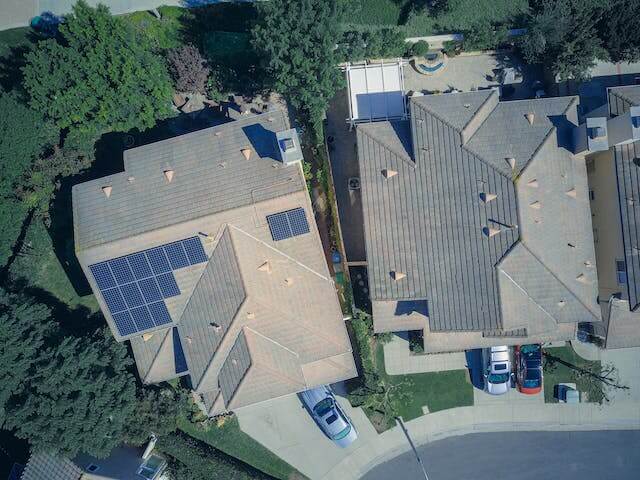1. Introduction:
major utility provider in South Australia, SA Water, has taken a major role in an innovative project that uses solar panel installation to encourage the use of sustainable energy sources. The goal of this project, called the SA Water Solar Panel Rollout, is to use renewable energy sources to run regional water treatment and supply infrastructure. SA Water is lowering its environmental effect and leading the way for other businesses to embrace sustainable energy practices by incorporating solar technology into their operations.
2. Project Progress Update:
The deployment of solar panels by SA Water has advanced significantly in a number of places. Over 50 locations have had installations finished as of right now, with an average of 5 installs every week. Throughout South Australia, these locations include pumping stations, administrative buildings, and water treatment facilities. By the end of the year, the project is expected to have installed solar panels in 100 locations.
Installations at important facilities like Happy Valley Water Treatment Plant and Glenelg Wastewater Treatment Plant have been successfully finished in urban regions like Adelaide. Successful installations have also occurred in regional areas at locations like the Mount Gambier Water Treatment Plant and the Port Lincoln Pump Station. This broad advancement demonstrates SA Water's dedication to sustainability and the incorporation of renewable energy sources.
SA Water's solar panel rollout is improving environmental sustainability and increasing water management infrastructure efficiency by lowering carbon emissions and operating expenses. The accomplishment of installations at several key places marks a critical milestone in the direction of the organization's renewable energy objectives. As the initiative spreads throughout South Australia, keep checking back for additional information.
3. Benefits of Solar Panels for SA Water:
The integration of solar panels into SA Water's infrastructure yields numerous advantages for both the business and the environment. First off, SA Water greatly lowers its carbon footprint by utilizing solar energy. In order to prevent climate change, solar panels are essential since they produce electricity without releasing any damaging greenhouse gases into the atmosphere. This program is in line with international initiatives to move away from fossil fuels and toward greener energy sources.
A direct contribution to SA Water's sustainability objectives is made by incorporating solar panels into its operations. SA Water can lessen its reliance on non-renewable resources like coal or natural gas by using renewable energy sources like sunlight. This encourages sustainable practices in the water business in addition to aiding in the conservation of limited resources. The installation of solar panels is a good way for SA Water to demonstrate its commitment to environmental stewardship and to encourage other businesses to pursue more environmentally friendly energy sources.
4. Challenges and Solutions:
There were various difficulties experienced during the rollout of the solar panels for SA Water. The unpredictable weather that affected the installation process was one of the challenges. The optimal periods for installation can be determined by performing a complete site evaluation and using previous weather data to address this.
Getting permissions and clearances for the installation of solar panels on some sites was another difficulty. Creating a specialized team to work with local authorities to expedite the permit acquisition process and provide all required papers on time could be one way to solve the problem.
Handling the augmented workload resulting from the deployment presented a logistical obstacle. Overcoming this obstacle and guaranteeing seamless operations during implementation can be accomplished by putting into practice effective project management tools and strategies like work prioritization and resource allocation.
Another crucial issue is making sure installed solar panels are properly maintained and monitored to maximize their effectiveness and lifespan. To maintain ideal performance levels, creating a thorough maintenance program and using remote monitoring technology can help with prompt issue discovery and prompt remediation.
5. Future Plans and Expansion:
We are preparing to expand our solar installations over more locations in South Australia in the upcoming phases of the SA Water Solar Panel Rollout Project. With a strong dedication to renewable energy and sustainability, we hope to grow our solar panel projects beyond their existing extent. In order to lessen our dependency on conventional energy sources and carbon impact, we intend to locate more solar panel installations within our network in the future.
Additionally, in order to improve the effectiveness of our solar panel installations, we are investigating the integration of cutting-edge technologies and procedures. This could entail researching novel solar panel designs, enhancing storage capacities, and maximizing energy distribution throughout our facilities. Our commitment to optimizing the advantages of clean energy for our operations and the environment is demonstrated by our commitment to staying at the forefront of solar technology breakthroughs.
As part of our mission to encourage the use of renewable energy sources outside of our company, we are thinking about forming partnerships with other community stakeholders. These collaborations might entail joint solar projects with nearby towns, awareness-raising campaigns about sustainable living, or collaborating with governmental organizations to advocate more comprehensive solar energy regulations. We hope that our expansion efforts will have a good impact on everyone's future sustainability.



